Greetings travelers of this incredible community of @pinmapple that allows us to know fantastic places around the world, happy to write for the first time in this community, which seemed perfect to show you part of a tour that took place in the historic center of my city Cumaná in "Sucre" state, Venezuela, as part of an activity promoted by my son's school, where it was proposed to make a field trip for children to know the historical places we have in our city, the firstborn of the American continent.
Saludos viajeros de esta increíble comunidad de @pimnapple que nos permite conocer lugares fantásticos alrededor del mundo, feliz de escribir por primera vez en esta comunidad, la cual me pareció perfecta para mostrarle parte de un recorrido turístico que se realizó en el casco histórico de mi ciudad Cumaná en el Eestado Sucre, Venezuela, como parte de una actividad promovida por la escuela de mi hijo, donde se propuso realizar una salida de campo para que los niños conocieran los lugares históricos que tenemos en nuestra Ciudad, primogénita del continente americano.
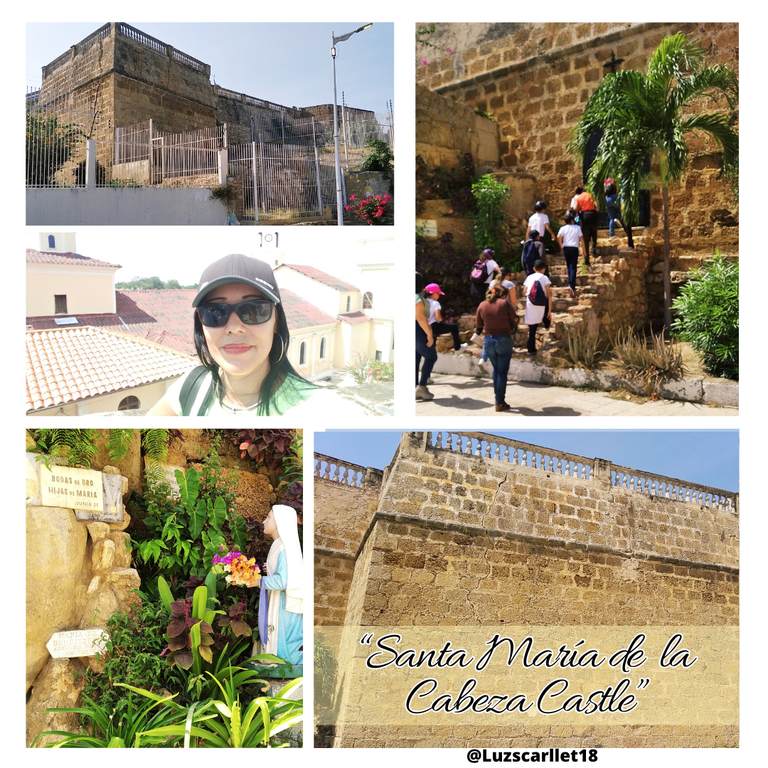
For this tour we had the support of tour guides from Imatur, a governmental institution that promotes local tourism, who were in charge of selecting the places we would visit, and one of them was "Santa María de la Cabeza Castle", which is the place I show you on this occasion.
Para este recorrido se contó con el apoyo de guías turísticos de Imatur, Institución gubernamental que promociona el turismo local, quienes fueron los encargados de seleccionar los lugares que visitaríamos, y uno de ellos fue "El Castillo de Santa María de la Cabeza”, que es el lugar que les muestro en esta ocasión.
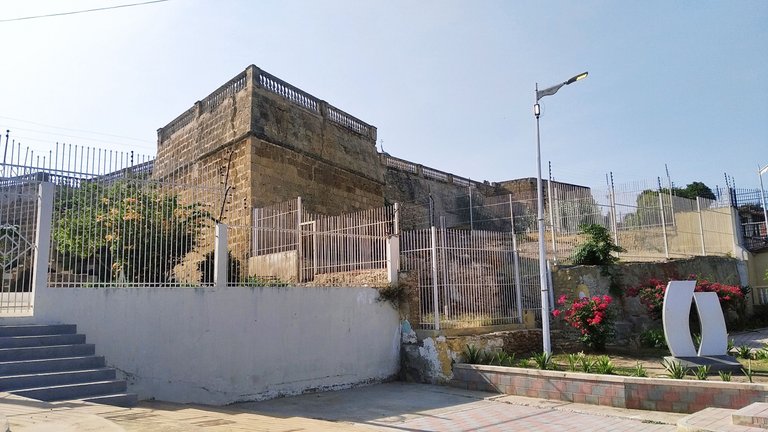
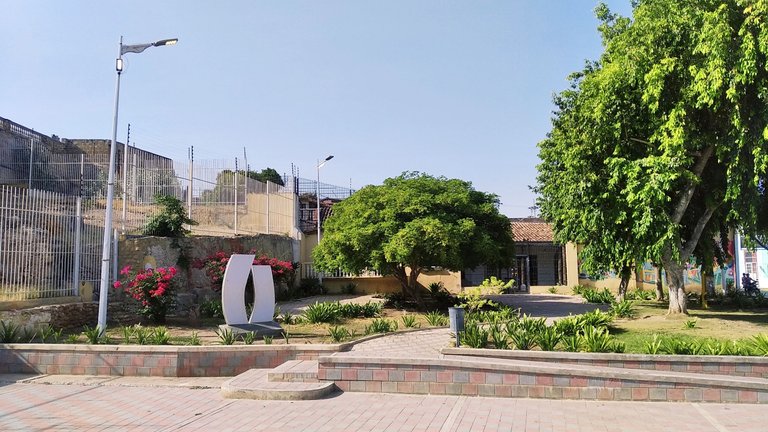

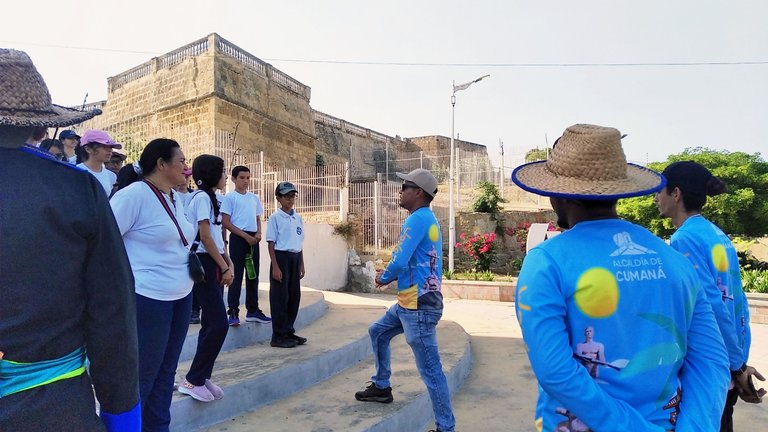
The Castle Santa Maria de la Cabeza, is located in the historic area of the city, on "Sucre" Street, next to the Minor Basilica "Santa Inés", is currently part of its structure, because due to several earthquakes in the city it suffered damage, and could not continue to function, to enter this castle we did it by the side of the "Santa Inés" Basilica, The guides informed us that this castle dates from the XVII century, 1673 and it was built by the Spaniards, in order to guarantee the protection against enemy attacks together with the other two castles of the time, which were "San Antonio de la Eminencia" and "Santa Catalina" castles.
El Castillo Santa María de la Cabeza, se encuentra ubicado en el casco histórico de la ciudad, en la calle Sucre, al lado de la Basílica Menor Santa Inés, actualmente se encuentra parte de su estructura, ya que debido a varios terremotos ocurridos en la ciudad el mismo sufrió daños, y no pudo seguir funcionando, para entrar a este Castillo lo hicimos por la parte lateral de la Basilica Santa Inés, los cuales se separan por una gran reja, al pasar a esta parte podemos contemplar la magnífica edificación que nos remonta a la época en que fue construida, los guías nos informaron que este castillo data del siglo XVII, 1673 y fue construida por los Españoles, a fin de garantizar la protección ante ataques enemigos junto a los otros dos Castillos de la época, que estaban San Antonio de la Eminencia y el de Santa Catalina.
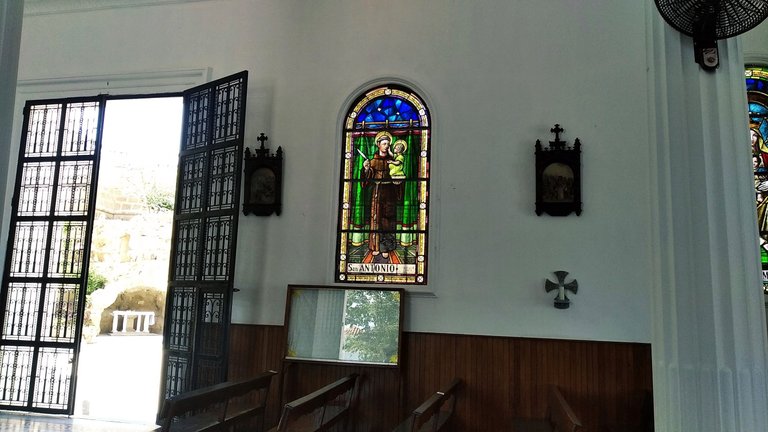
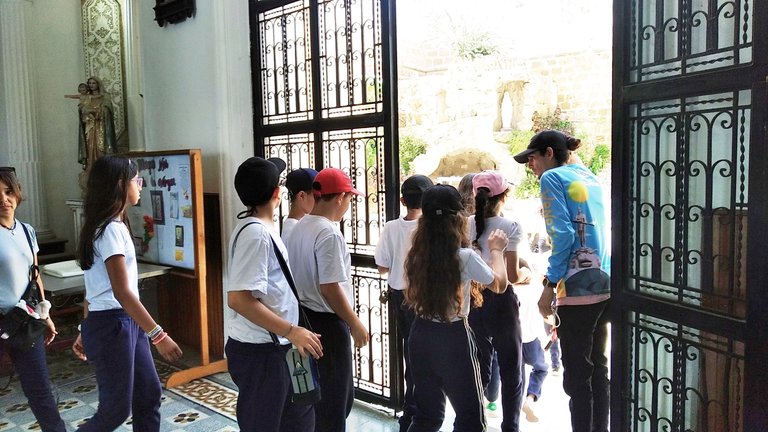

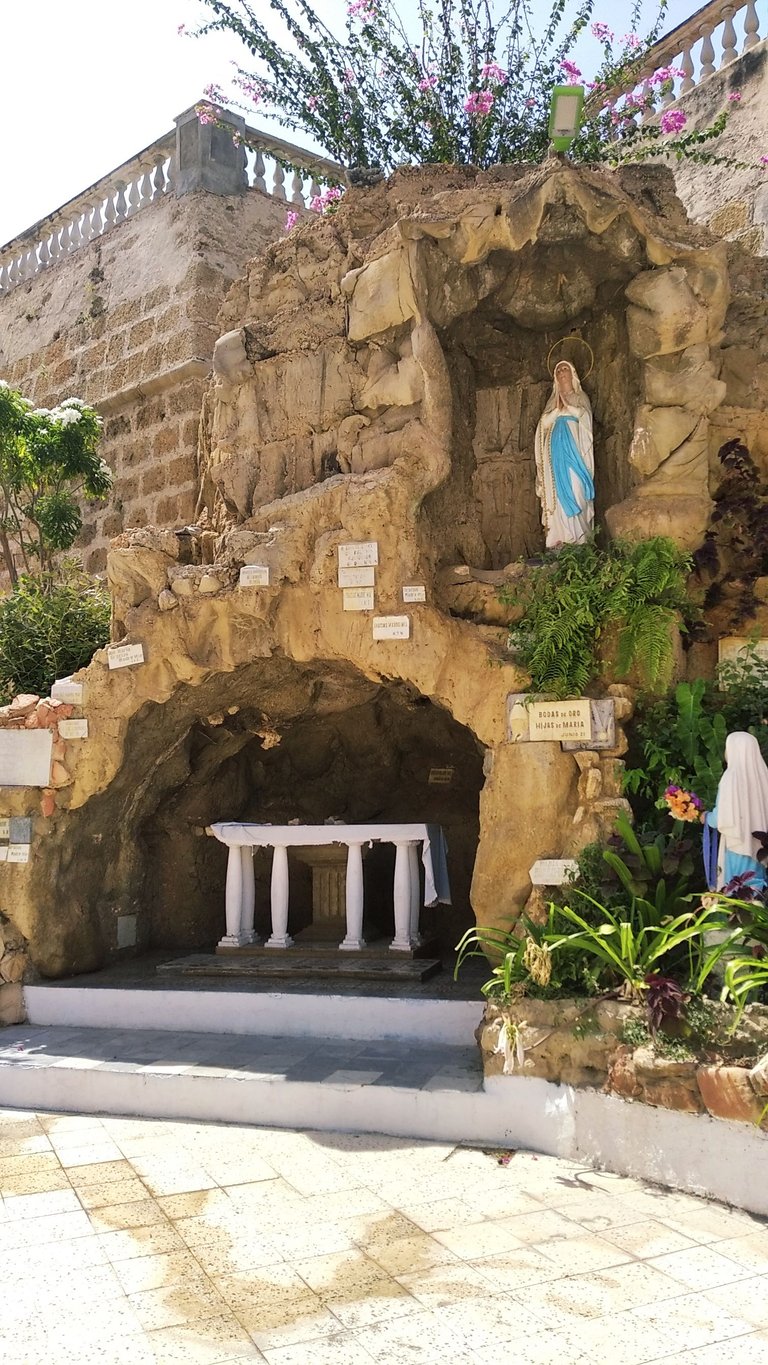
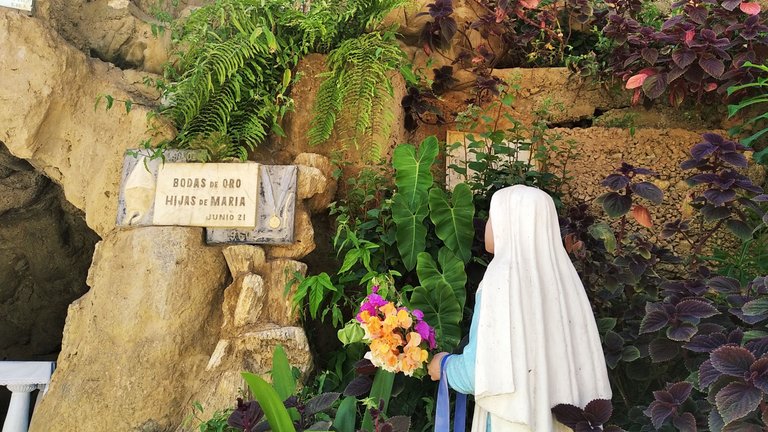
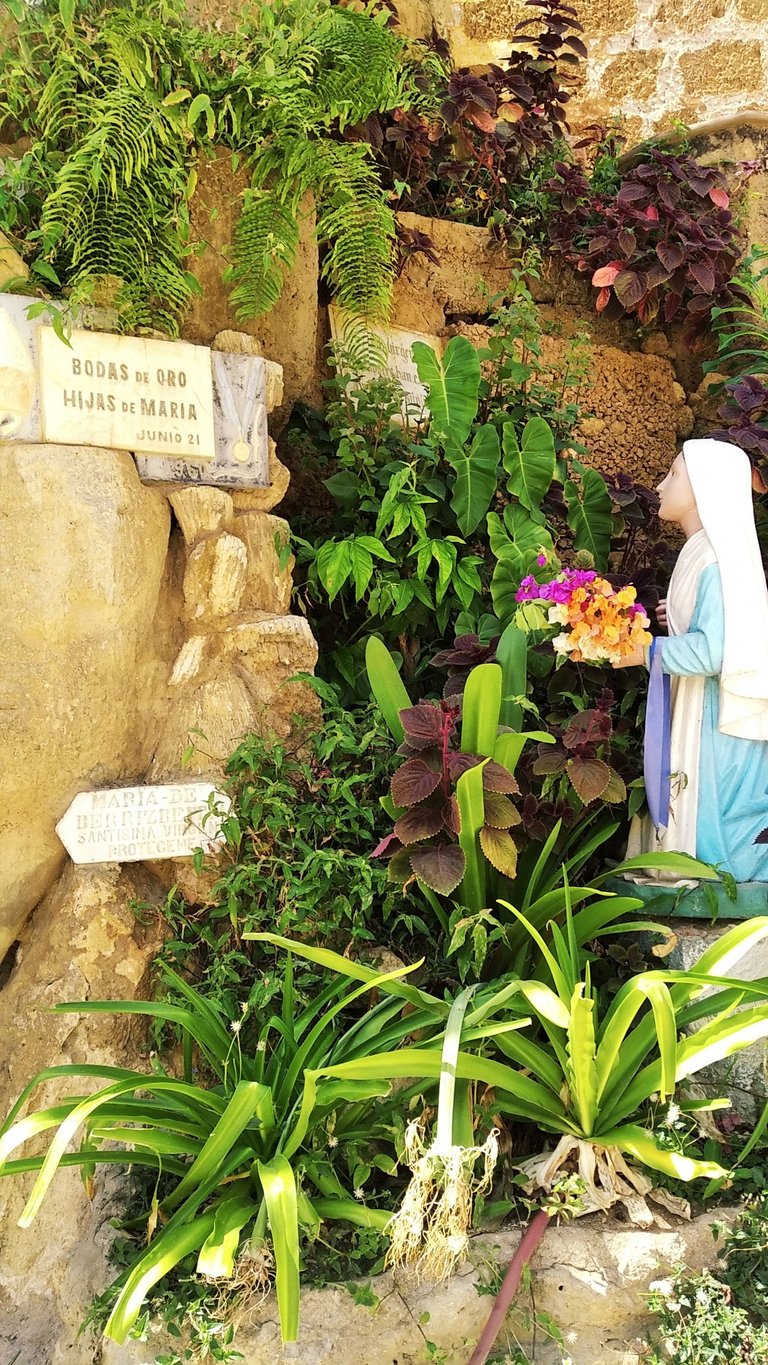
You can see an altar next to the entrance to the Castle, which called my attention because of how well preserved it is and the vividness of its colors, which contrast with the beautiful flowers of the garden that are planted there, I asked the guides, and they told me that this grotto was built as a replica of the Grotto of the Sanctuary of Lourdes located in France, and for that reason they brought from there the original material (stones) to build it, it is dedicated to the Virgin Mary.
Se puede visualizar un altar al lado de la entrada al Castillo, el cual me llamo mucho la atención por lo bien conservado que esta y la vivacidad de sus colores, los cuales contrastan con las hermosas flores del jardín que ahí se encuentran plantadas, se puede leer en los carteles que están colgados en la gruta la devoción a la Virgen María, pregunte a los guías y me dicen que esta gruta se construyó como una réplica de la Gruta del Santuario de Lourdes ubicada en Francia, y para ello trajeron de allá el material original (piedras) para construirla, está dedicada a la Virgen María.
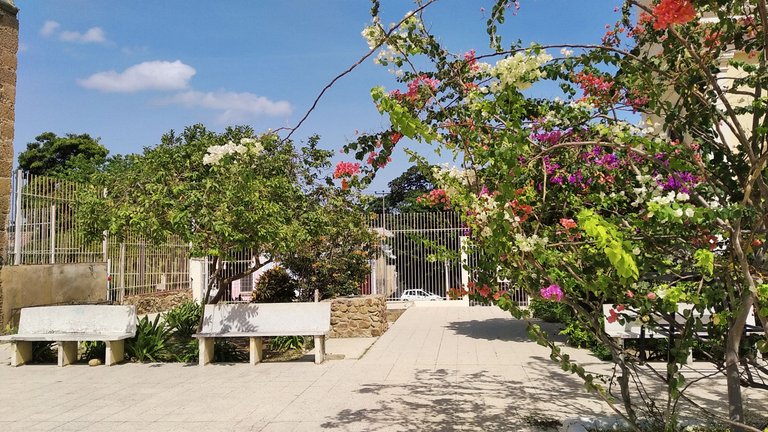
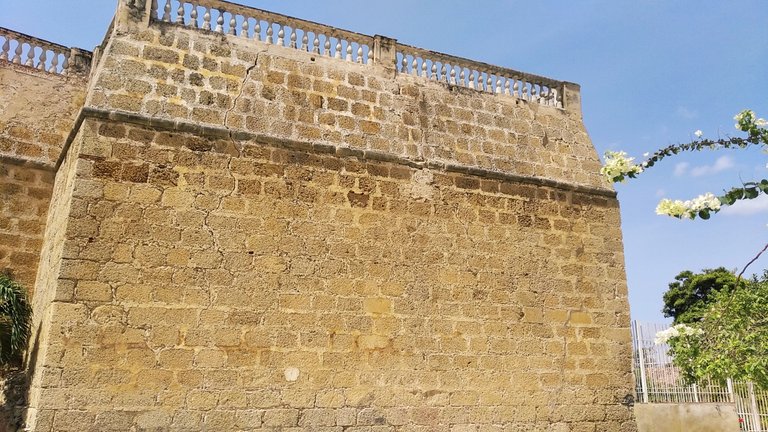
Once we entered the castle, we found some steep that we had to climb slowly through a narrow corridor, you could notice the cracks in the walls of the building, noting the passage of time in its structure, and the rustic and rough aspect of the structure to touch its walls made of limestone from the hills of this area, when we reached the viewpoint, we found a wide and beautiful view of the community of San Francisco.
Una vez que ingresamos al Castillo, nos encontramos con unos peldaños empinados que tuvimos que subir poco a poco por un estrecho corredor, se podía notar las grietas en las paredes de la edificación, notándose el paso de los años en su estructura, y lo rústico y áspero de la estructura al tocar sus paredes hechas de piedra caliza de los cerros de esta zona, cuando llegamos a la parte del mirador, nos encontramos con una vista amplia y bellísima de la comunidad de San Francisco.
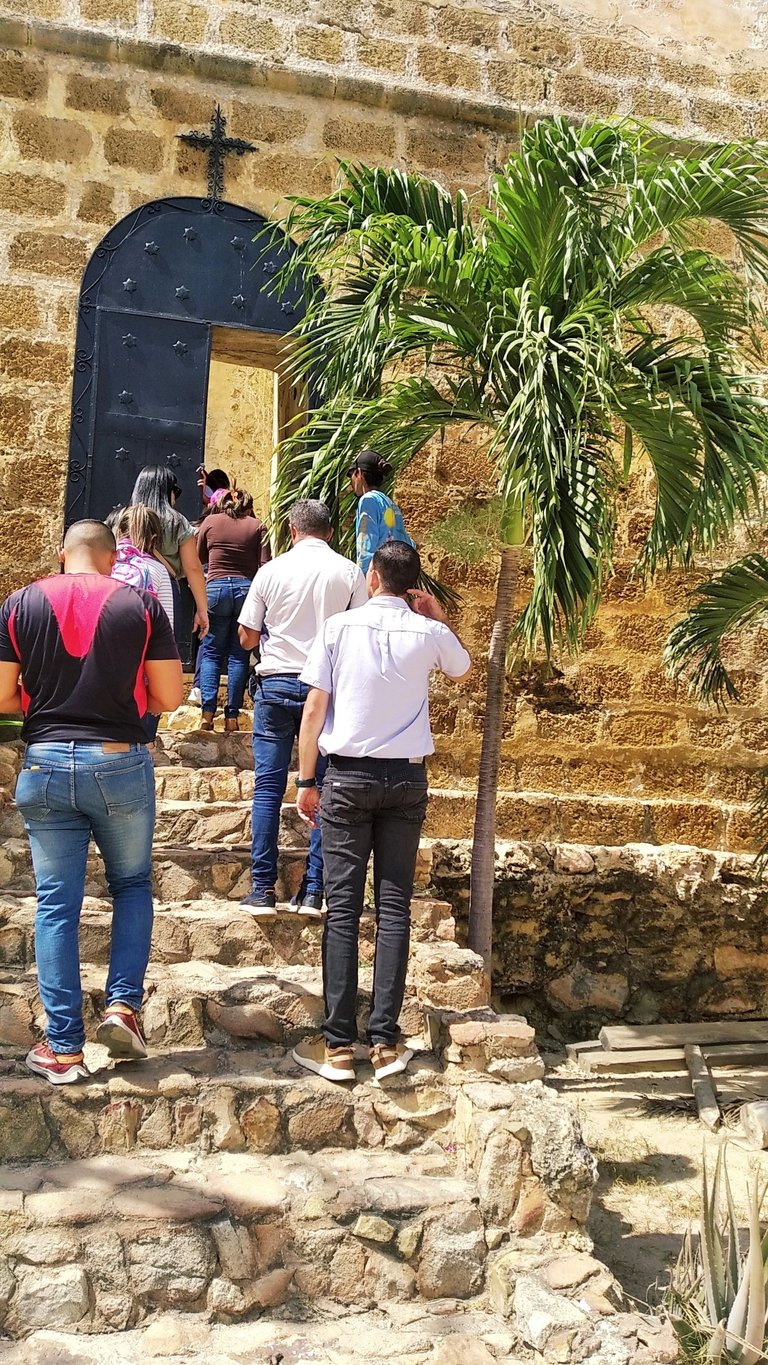
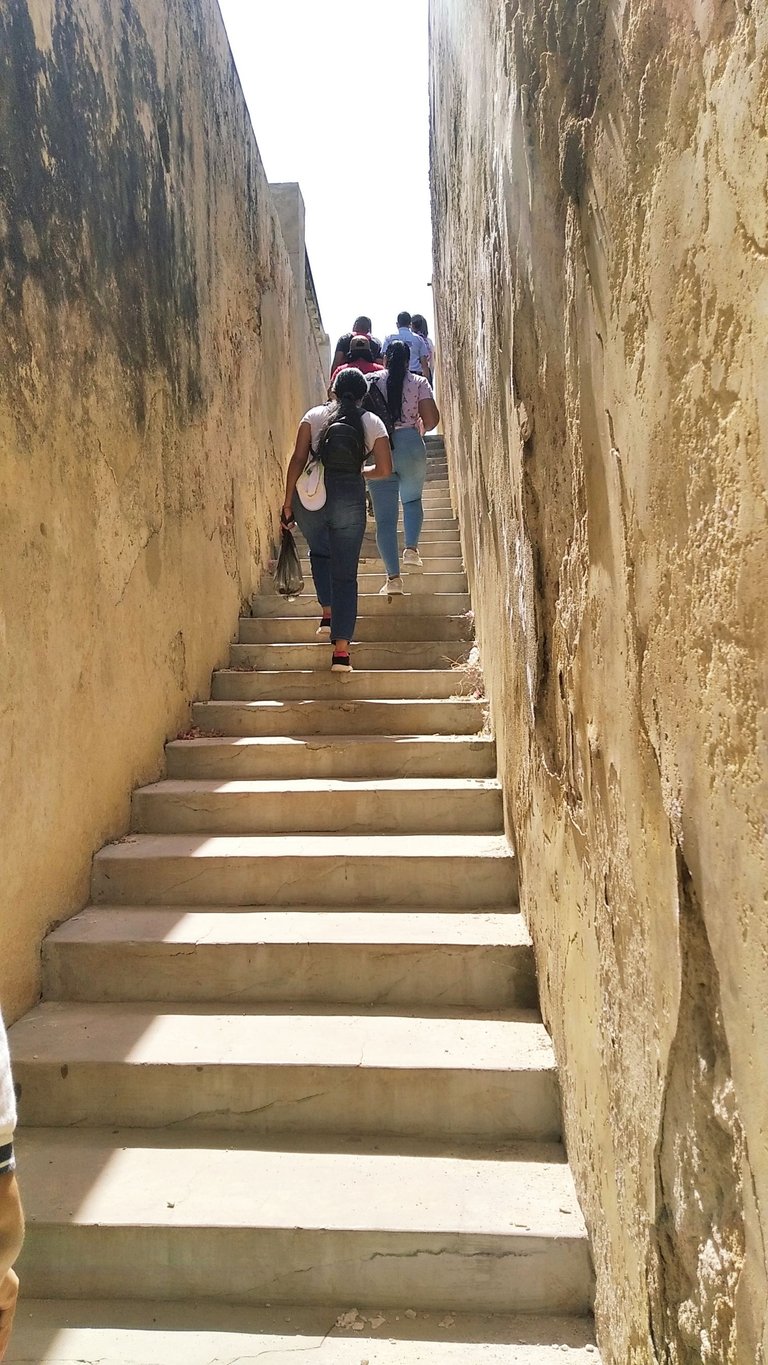
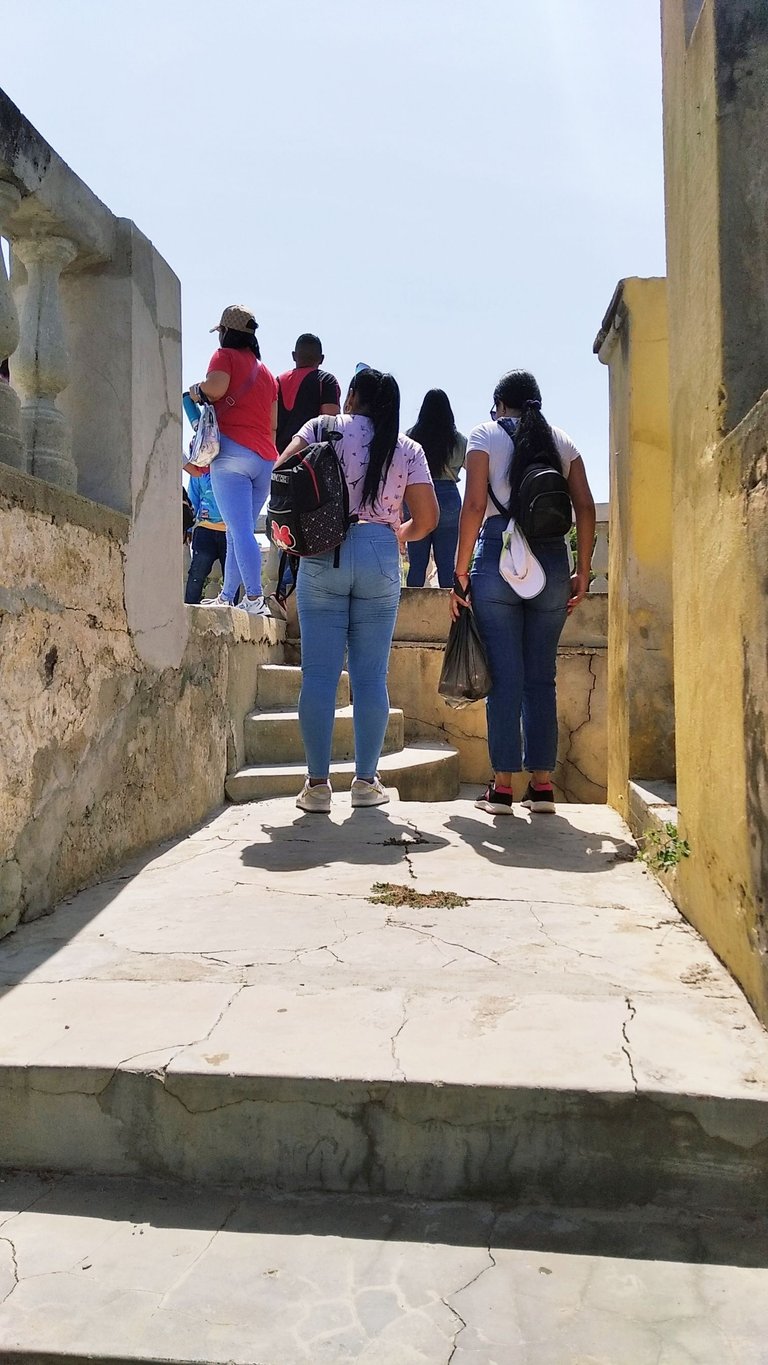
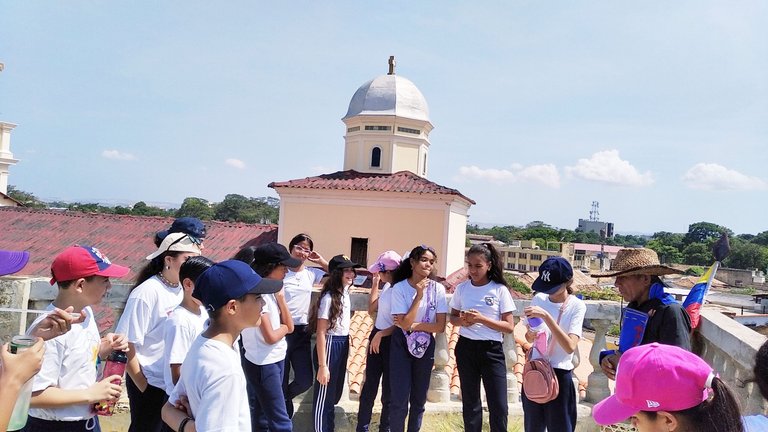
On the right side you could see the red roofs of the Minor Basilica, and to the north you could see the "San Antonio de la Eminencia" Castle on the top of the hill, a place that we could not visit that morning because they are building the House of "Antonio José de Sucre", hero of the Independence of "Cumaná", and the area is occupied by machinery and workers who are carrying out this work that will be given as a gift to the city in November.

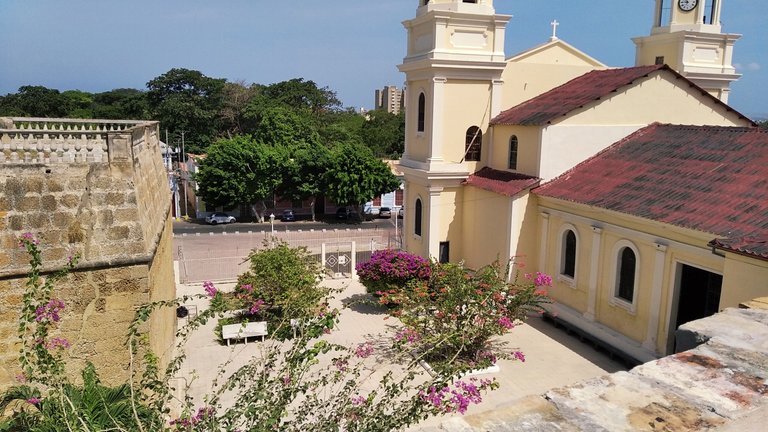
Al lado derecho se veían los techos rojos de la Basílica menor, y al norte se podía visualizar el Castillo San Antonio de la Eminencia en la parte de arriba del cerro, lugar que no pudimos visitar esa mañana porque se encuentran construyendo la casa natal de Antonio José de Sucre, prócer de Independencia de Cumaná, y la zona está ocupada por la maquinaria y trabajadores que están llevando a cabo esta obra que se estará dando como regalo a la ciudad en el mes de noviembre.
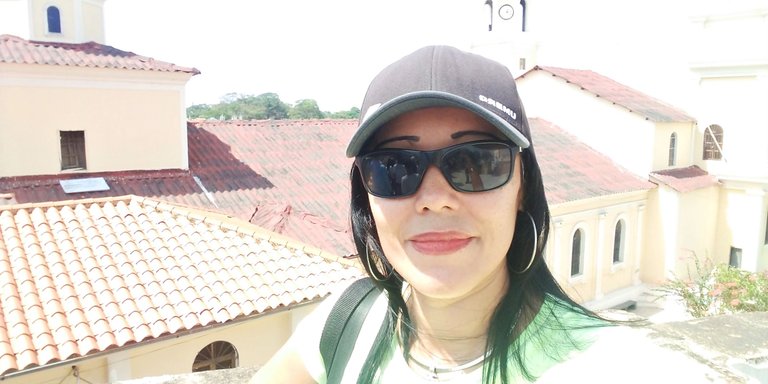
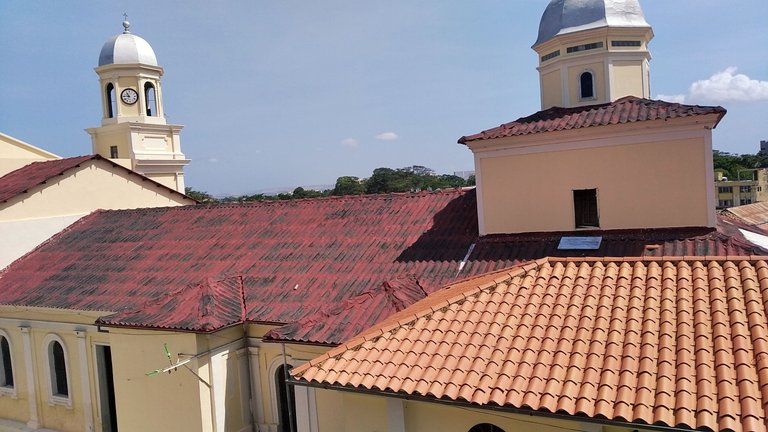
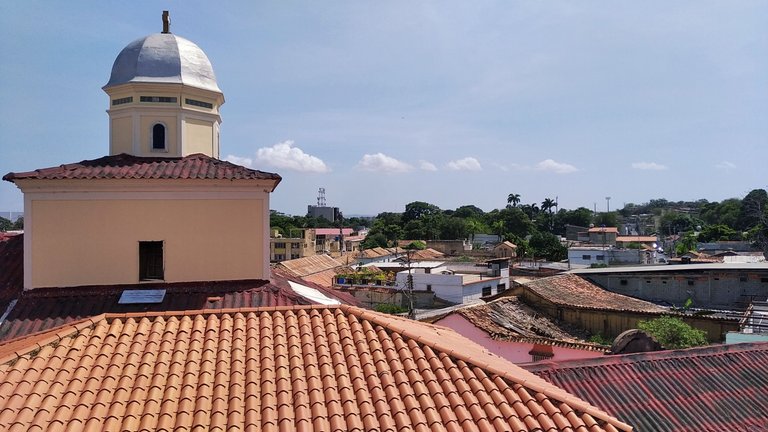
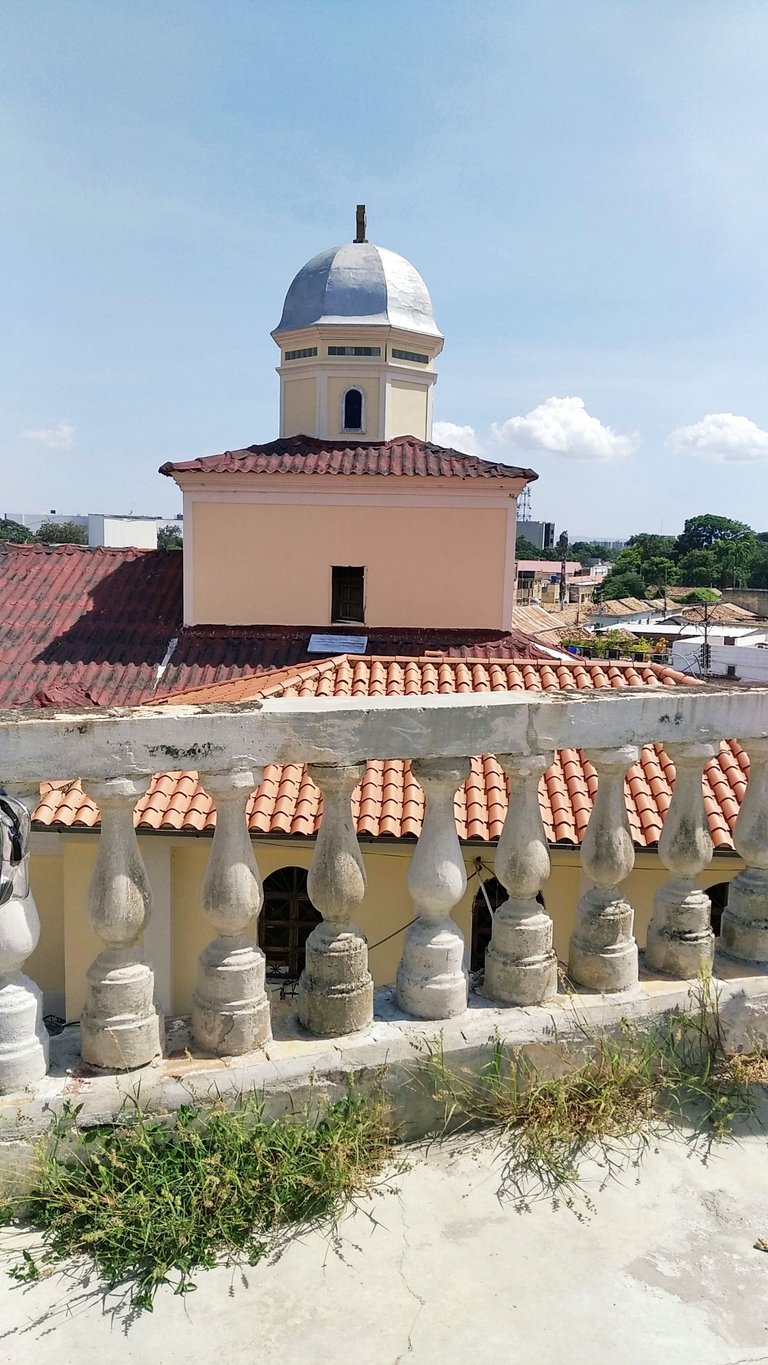
In the distance, you can see the progress of the work on the Casa de Antonio José de Sucre, which will be located on the road to the "San Antonio de la Eminencia" Castle.
A lo lejos se puede apreciar, lo avanzado de la obra de la Casa de Antonio José de Sucre, que estará ubicada en el camino hacia el Castillo San Antonio de la Eminencia.
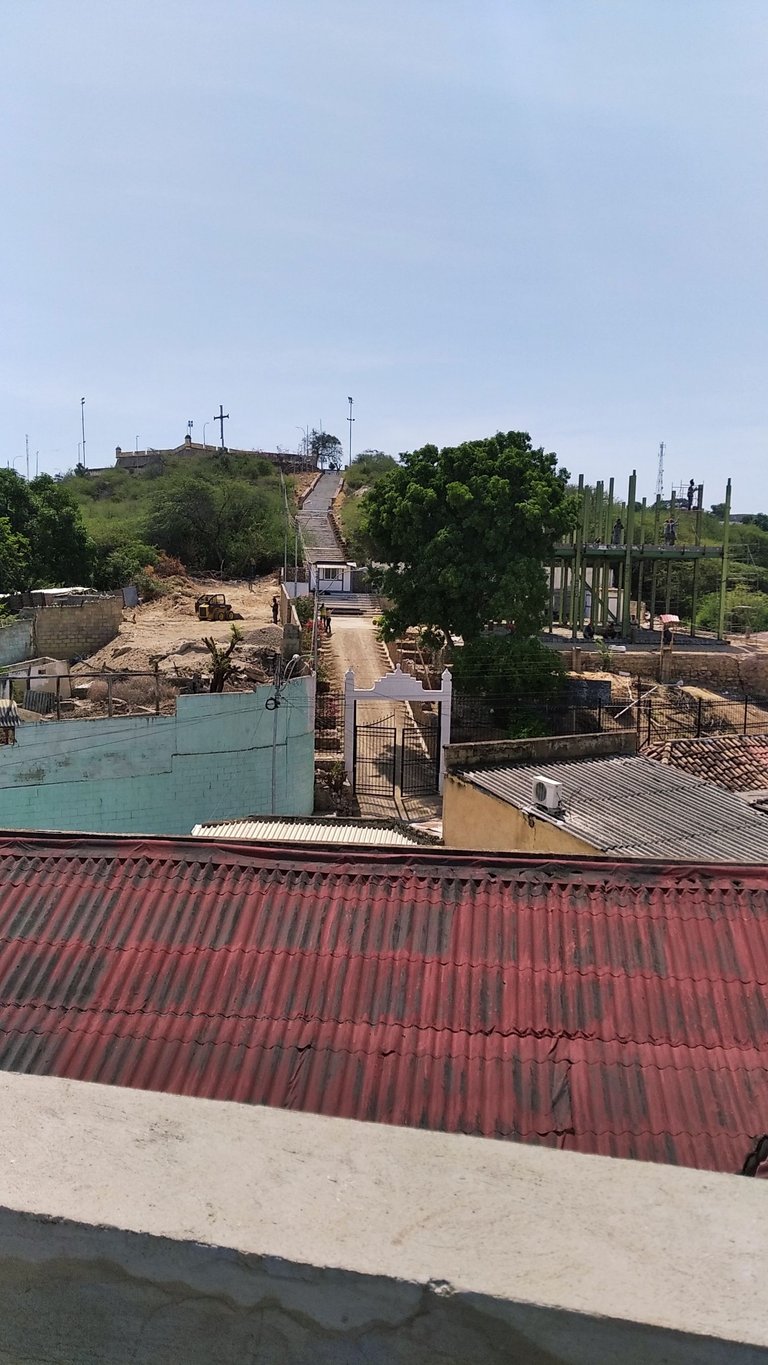
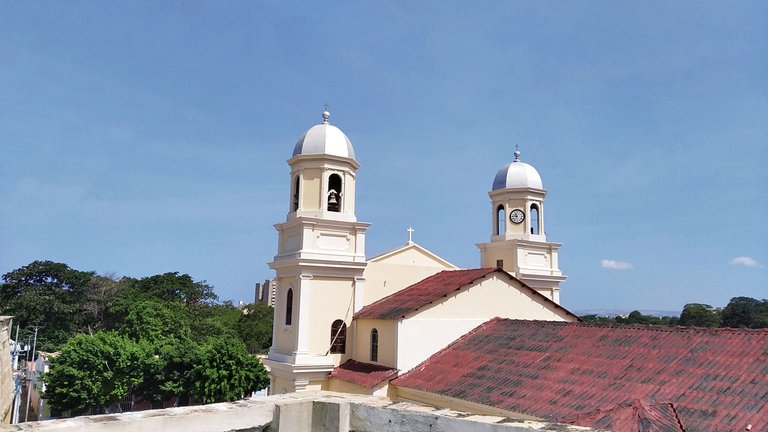
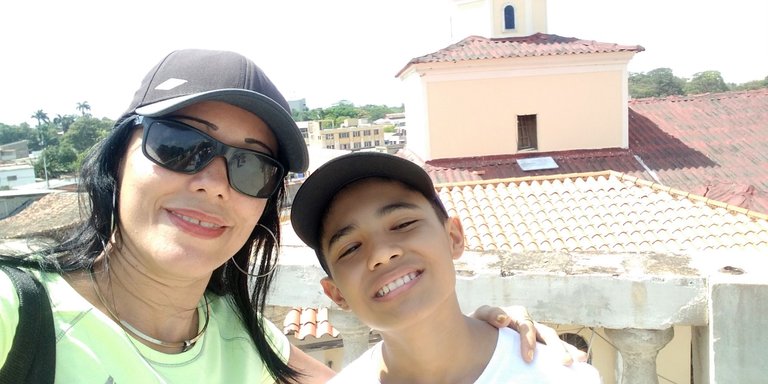
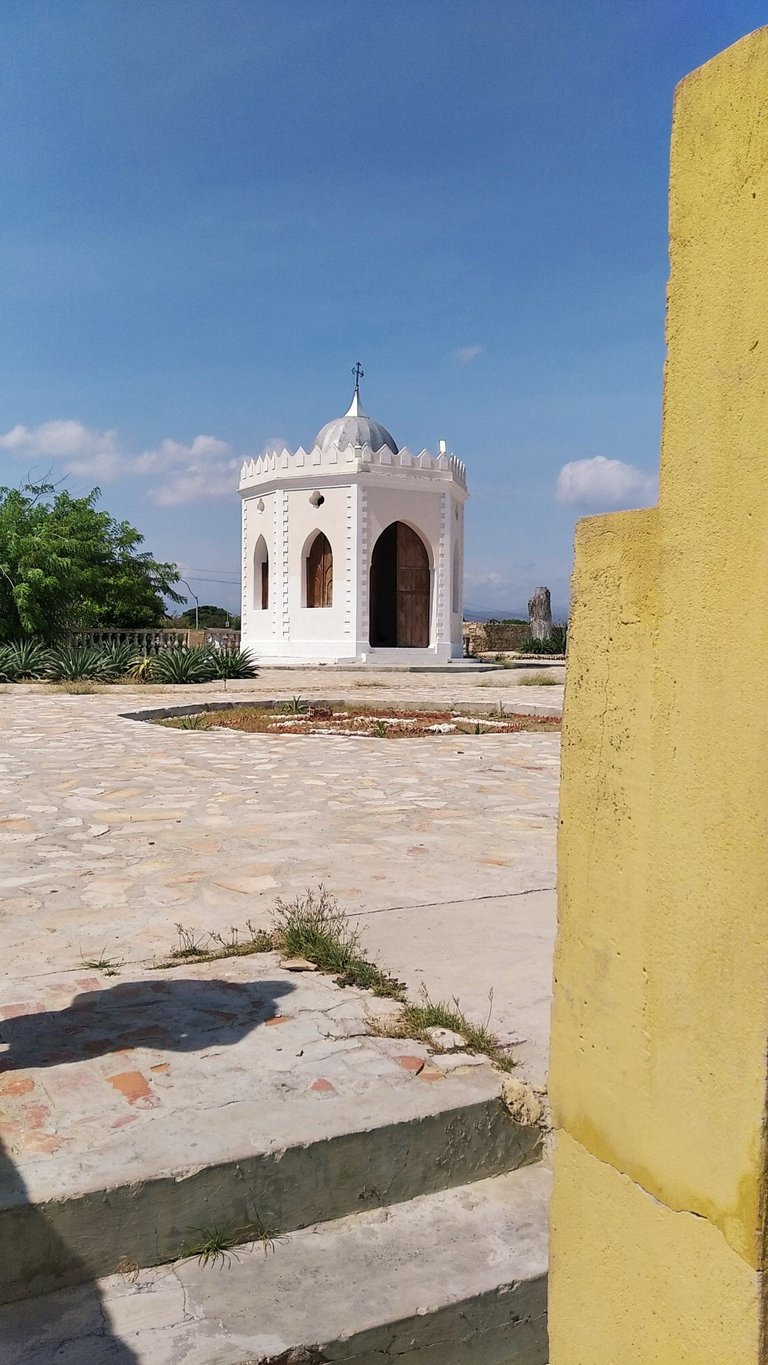
The sun was in all its splendor, but this did not prevent the guides from giving the most important information of the place, indicating that this castle was destroyed by the earthquake of 1797, and then rebuilt under the name of the Virgin del Carmen Church in 1800; and it was declared a Municipal Heritage of Cultural Interest in 2005. Finally, we descended the stairs to visit the Basilica Minor de Santa Inés, which I will be talking about soon; if you have the opportunity to visit Venezuela, do not hesitate to visit historical places like this in the city of Cumaná.
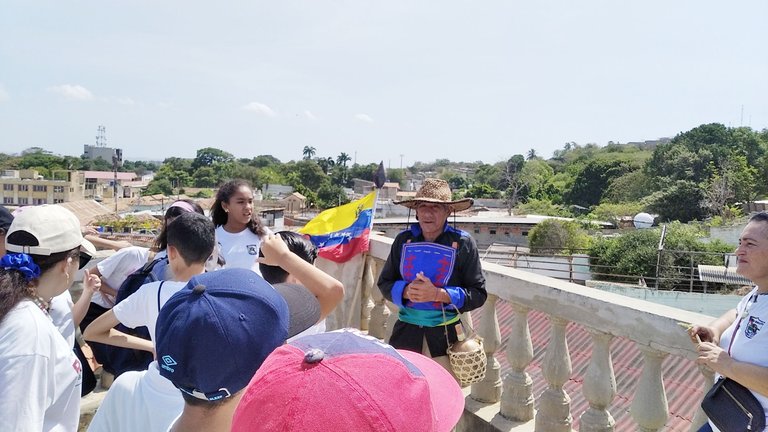
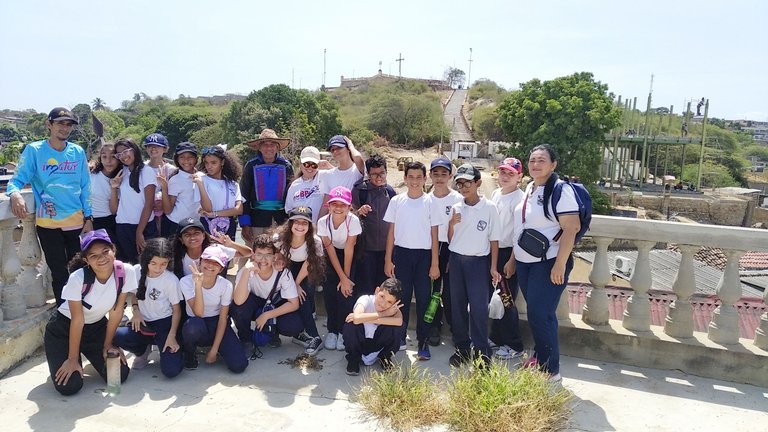
El sol estaba en todo su esplendor, pero esto no impidió que los guías dieran la información más resaltante del lugar, indicando que este castillo fue destruido por el terremoto de 1797, y luego reconstruido bajo el nombre de la Iglesia Virgen del Carmen en el año de 1800; y el mismo fue declarado como Patrimonio Municipal de interés Cultural en 2005. Para finalizar descendimos las escaleras a visitar a la Basílica Menor de Santa Inés, el cual le estaré hablando próximamente; si tienen la oportunidad de visitar Venezuela, no duden de conocer lugares históricos como este en la ciudad de Cumaná.

| Dispositivo/ Device | Edición/ Edition | Traducción /Translation |
|---|---|---|
| Xiaomi Redmi 7A | Canva | DeepL |
All rights reserved to me @luzscarllet18 / Todos los Derechos de esta publicación son exclusivos del Autor